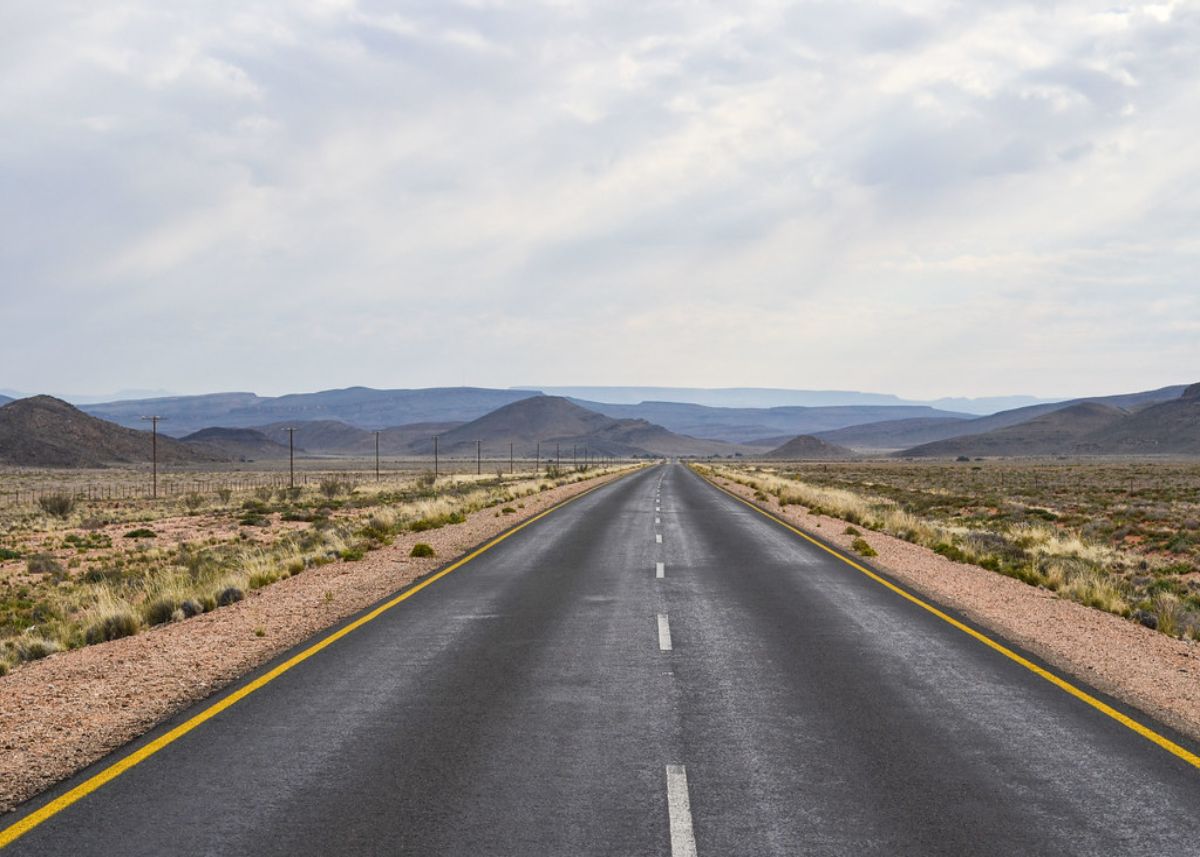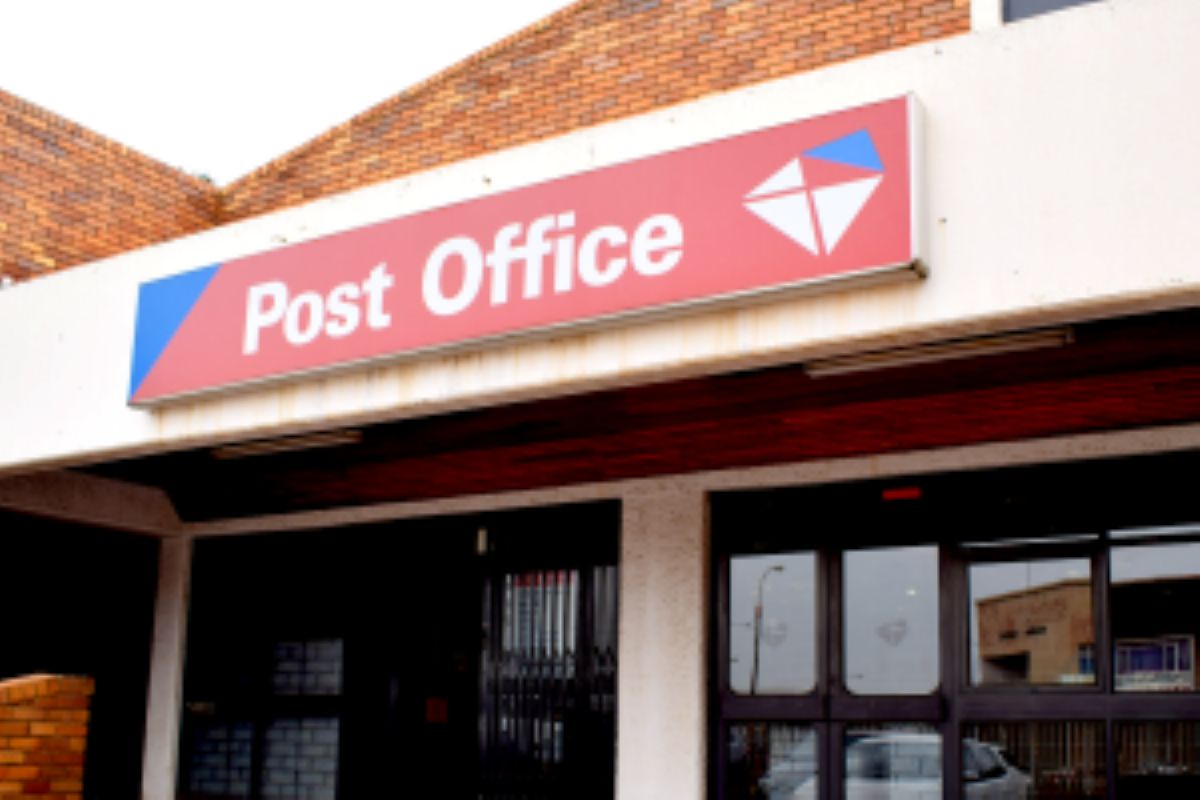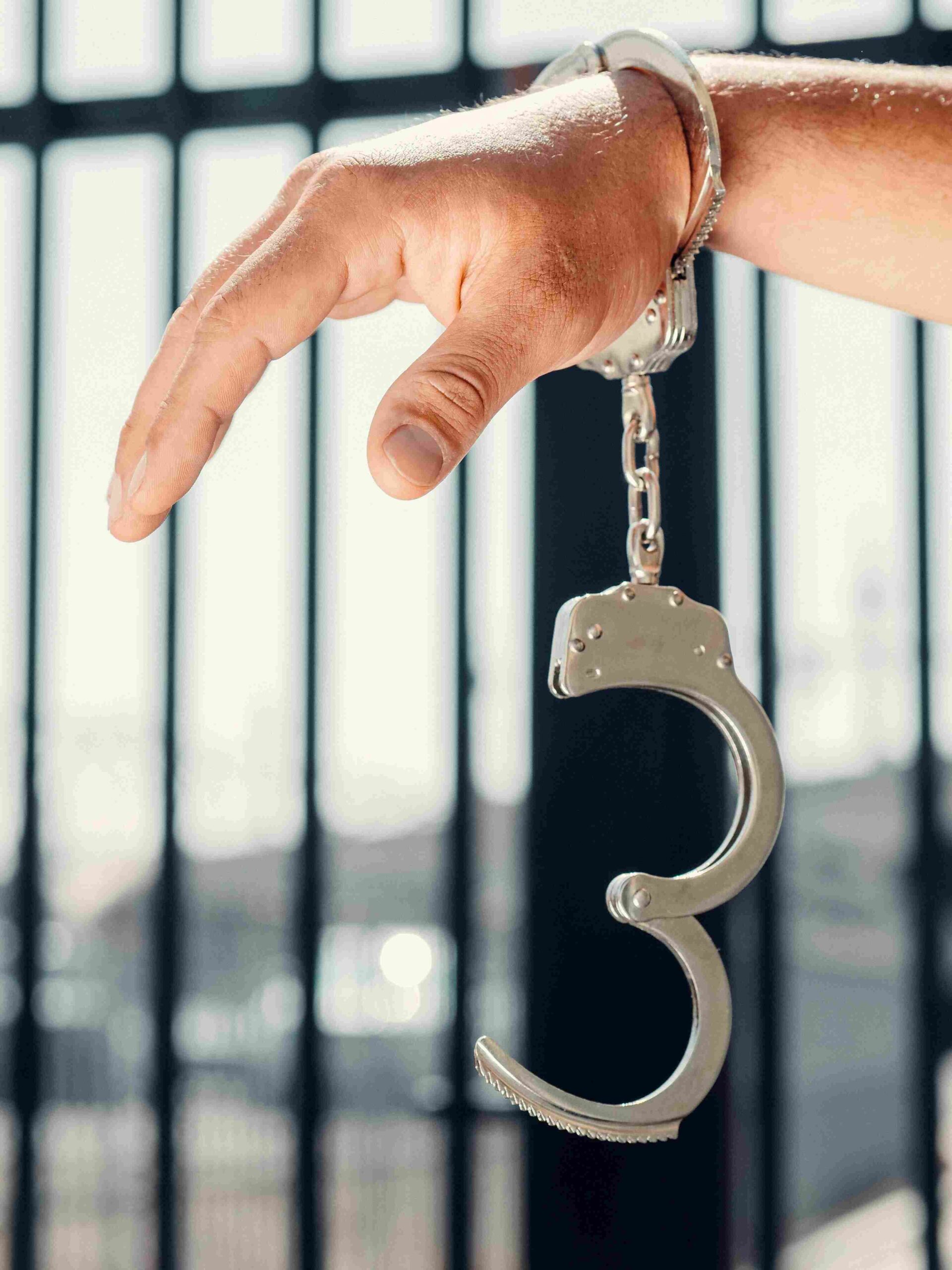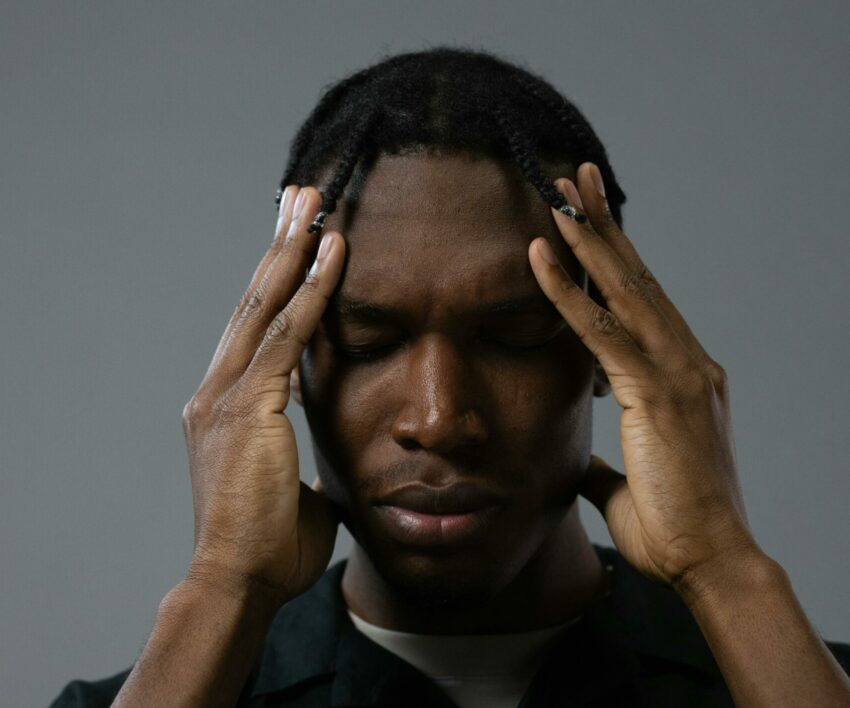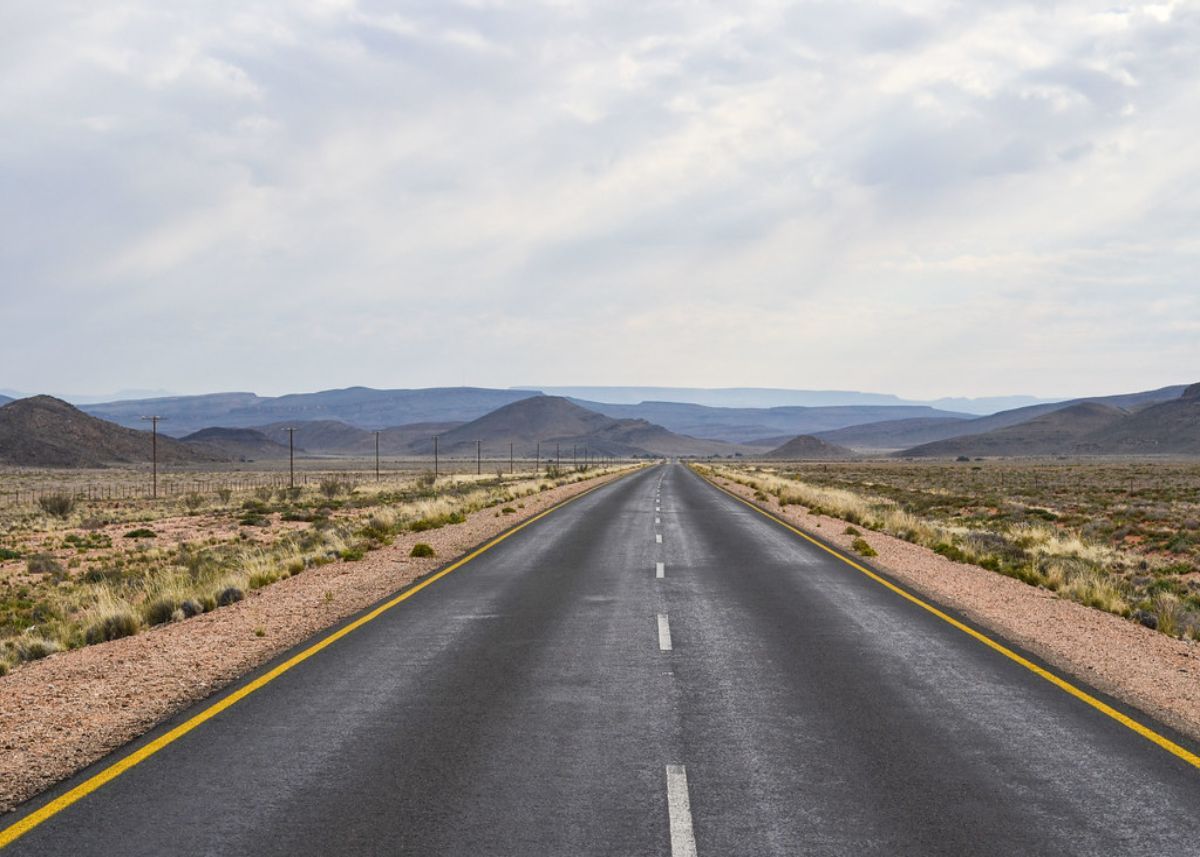
Achieving a score of 5.31 out of seven on a scale used to evaluate infrastructure, Namibiahas been crowned as having the best roads in sub-Saharan Africa, writes Engineering News.
This is according to the ‘Global Competitiveness Index’ compiled by the World Economic Forum.
This ranking places Namibia ahead of Rwanda, Mauritius, and only then South Africa—all of which scored around 4.5.
Zimbabweon the other hand recorded a dismal 2.8, significantly below the global average for road quality and infrastructure.
How Nam beat the rest
Namibia’s success is thanks to consistent investment in road construction and maintenance.
Jakob Schleu, senior manager at EY, recently highlighted how Namibia’s proactive approach to maintaining its roads has set it apart from its neighbours.
“Mid-range performers such as Senegal, Kenyaor Tanzaniaare still not doing too bad, but they’re usually struggling with the road infrastructure,” Schleu said at a recent Chartered Institute of Logistics and Transport conference in Johannesburg.
“This is because of the additional demand that is placed on them, such as the growing economy, growing urbanisation or lack of maintenance.”
Lower-ranking nations, such as Nigeriaand Congo-Brazzaville, face additional hurdles like corruption, mismanagement and political instability. This in turn has the effect of scaring off international financing.
The role of funding
Schleu explained that a funding gap was primarily responsible for Africa’s underdeveloped roads. Funding for infrastructure in Africa primarily comes from four sources:
- Directly from governments: Contributing 40–45% of the total funding.
- China: The second-largest contributor, injecting approximately $25.7 billion annually, accounting for 25% of infrastructure funding in Africa.
- The G8 and International Institutions: Providing $20.2 billion annually.
- Private Sector: Representing about 11%, reflecting the growing importance of public-private partnerships (PPPs).
He noted further that African governments currently only allocated 3.5% of their GDP to infrastructure. This falls short of the estimated requirement of 4.5%.
This shortfall works out to $31 billion annually.
“It is actually possible to cover that gap with improved efficiency,” Schleu added.
Are you surprised that Namibia has better roads than South Africa?
Let us know by clicking on the comment tab below this article or emailing info@thesouthafrican.com or sending a WhatsApp to 060 011 021 1.
You can also follow @TheSAnews on X and The South African on Facebook for the latest news.
